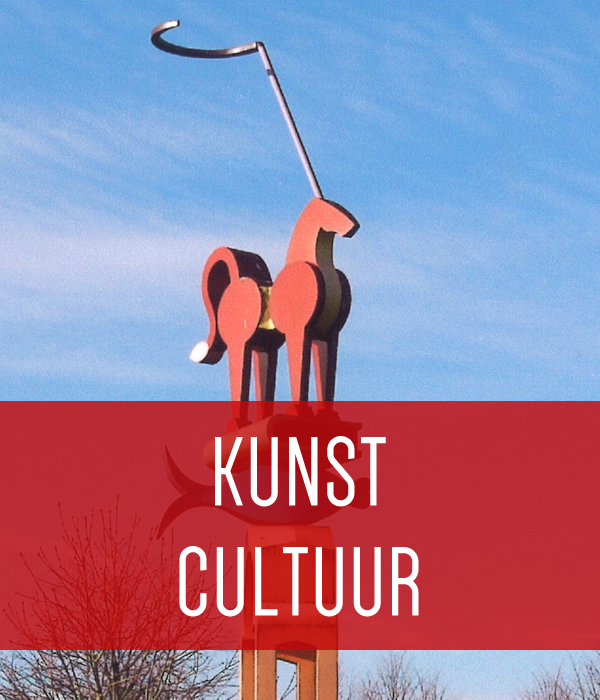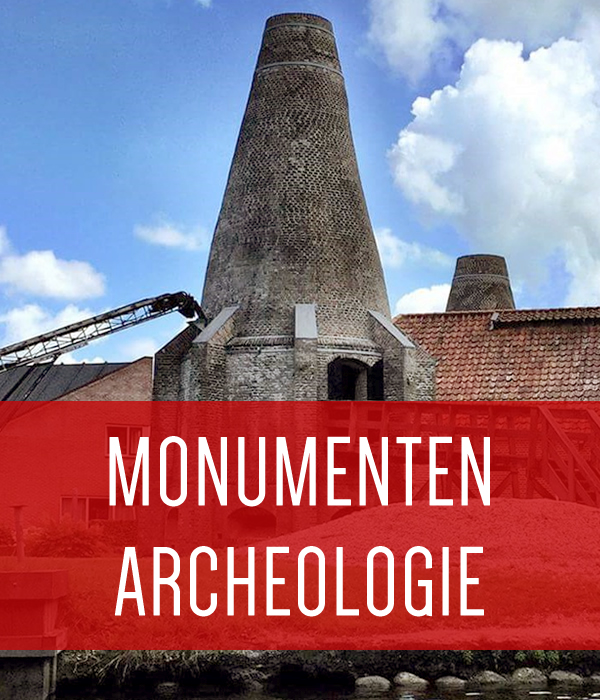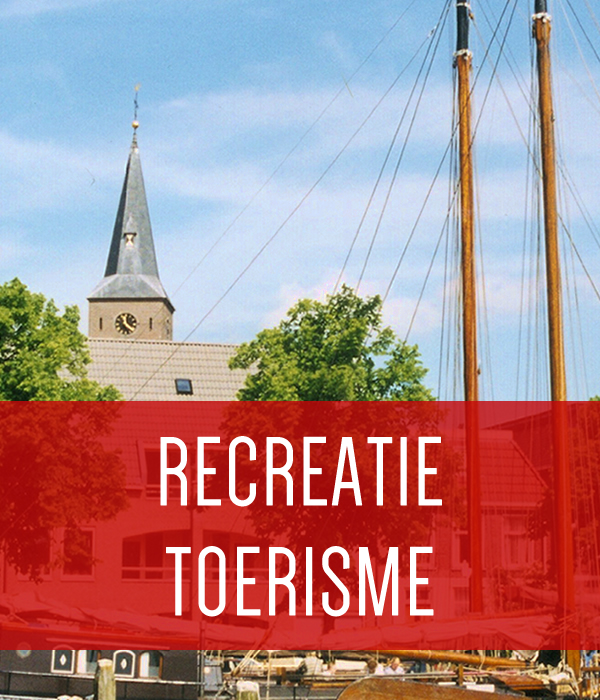
Woonhuis, Weeshuis en Stadsboerderij
Het huis is in twee delen gebouwd, omstreeks 1450 respectievelijk 1560. Aanvankelijk was het woonhuis. Van 1584 tot 1630 weeshuis, vervolgens woonhuis voor o.a. burgemeesters. Van 1831 tot 1840 was het Latijnse school samen met Hoogstraat 42 en van 1840 tot 1884 Franse school en kweekschool voor onderwijzeressen. In 1893 tot 1901 was het een protestantse school. Vanaf 1901 stadsboerderij en woonhuis. Rond 1995 ingrijpend gerestaureerd.

Wohnhaus, Waisenhaus und Stadtbauernhof
Das Haus wurde in zwei Teilen gebaut, um 1450 bzw. 1560. Anfangs war es ein Wohnhaus. Von 1584 bis 1630 fungierte es als Waisenhaus, danach als Wohnhaus u.a. für Bürgermeister. Von 1831 bis 1840 war es die Lateinschule zusammen mit Hoogstraat 42 und von 1840 bis 1884 die Französische Schule und eine Bildungsanstalt für Lehrerinnen. Von 1893 bis 1901 eine protestantische Schule. Ab 1901 Stadtbauernhof und Wohnhaus. Um 1995 umfassend restauriert.

Residence, Orphanage and Municipal farm
The house was built in two sections, in approximately 1450 and 1560. It was initially a private residence, was then used as an orphanage from 1584 to 1630, and was later redesignated as a home for the local mayor in residence. From 1831 to 1840, it formed a Latin school, together with the Hoogstraat no. 42 location, and from 1840 to 1884 it was a French school and training college for female teachers. In 1893, up until 1901, it was a Protestant school. It was used as a municipal farm and private residence from 1901, and extensively renovated around 1995.
NIEUWS
- 01-07-2025 | AGENDA GENEMUIDEN 2025
- 01-07-2025 | AGENDA HASSELT 2025
MEER NIEUWS →
Monumenten Zwartewaterland




